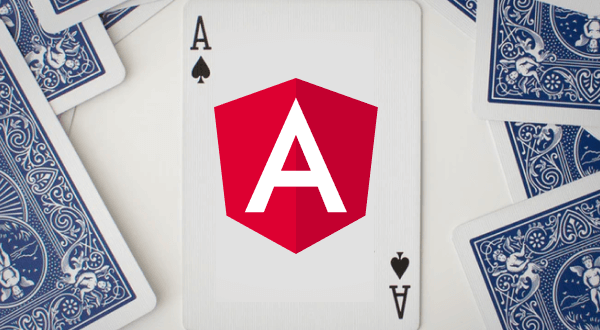

If you want to add styling (like bootstrap), that can be done by adding more html to HEAD_PREFIX and HEAD_SUFFIX. Alright, before we can start assigning tasks we’ll need to create the project in StudioBinder and import the script so all of the pages of the project are populated.
#Javascript create taskcard code
My code uses template strings to keep things elegant. I exported as a string for use on a server. I split it into three functions for writing the header columns, the body rows, and stitching it all together. I wrote a version that can parse through a list of objects dynamically to create the table as a string. Var disp = document.getElementById("tabledata") Var sl = document.getElementById('sln').value Var ph = document.getElementById('phn').value Var emal = document.getElementById('mail').value

Var nam = document.getElementById('name').value After the creation of an element, we can either use the appendChild () method or insertBefore () method to insert the created element. This method takes the name of the element as the parameter and creates that element node. Var entry = document.getElementById('entry') The document.createElement () is used to dynamically create an HTML element node with the specified name via JavaScript.

Here, we will learn the method to access the form, getting elements as the JavaScript form's value, and submitting the form. We will also see the implementation of the JavaScript form for different purposes. Var col = parseInt(document.getElementById("col").value) In this tutorial, we will learn, discuss, and understand the JavaScript form. Var row = parseInt(document.getElementById("row").value) Var cellText = document.createTextNode("cell is row " + j + ", column " + i) Įnter the no of row and column to create table: Var tblBody = document.createElement("tbody") Var tbl = document.createElement("table") Then after editing, we toggle the value of the ‘editMode’ as we have edited.Var body = document.getElementsByTagName("body")
#Javascript create taskcard how to


 0 kommentar(er)
0 kommentar(er)
